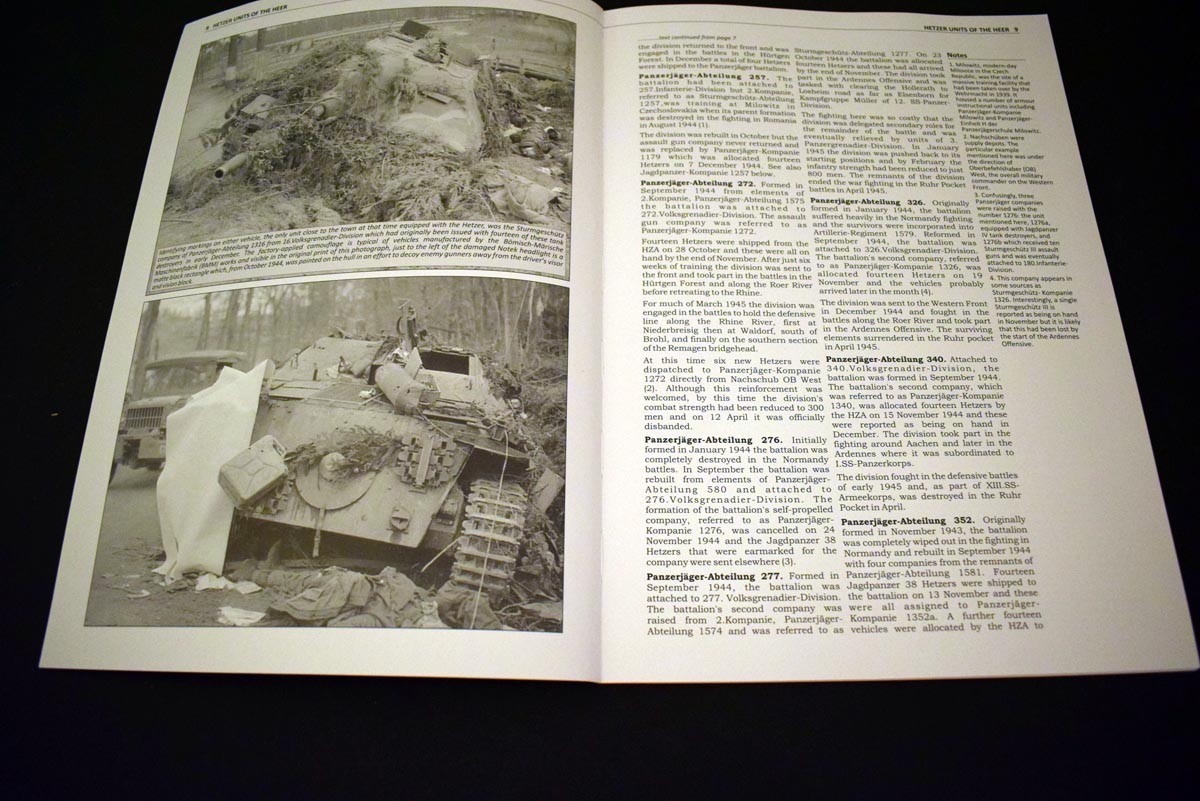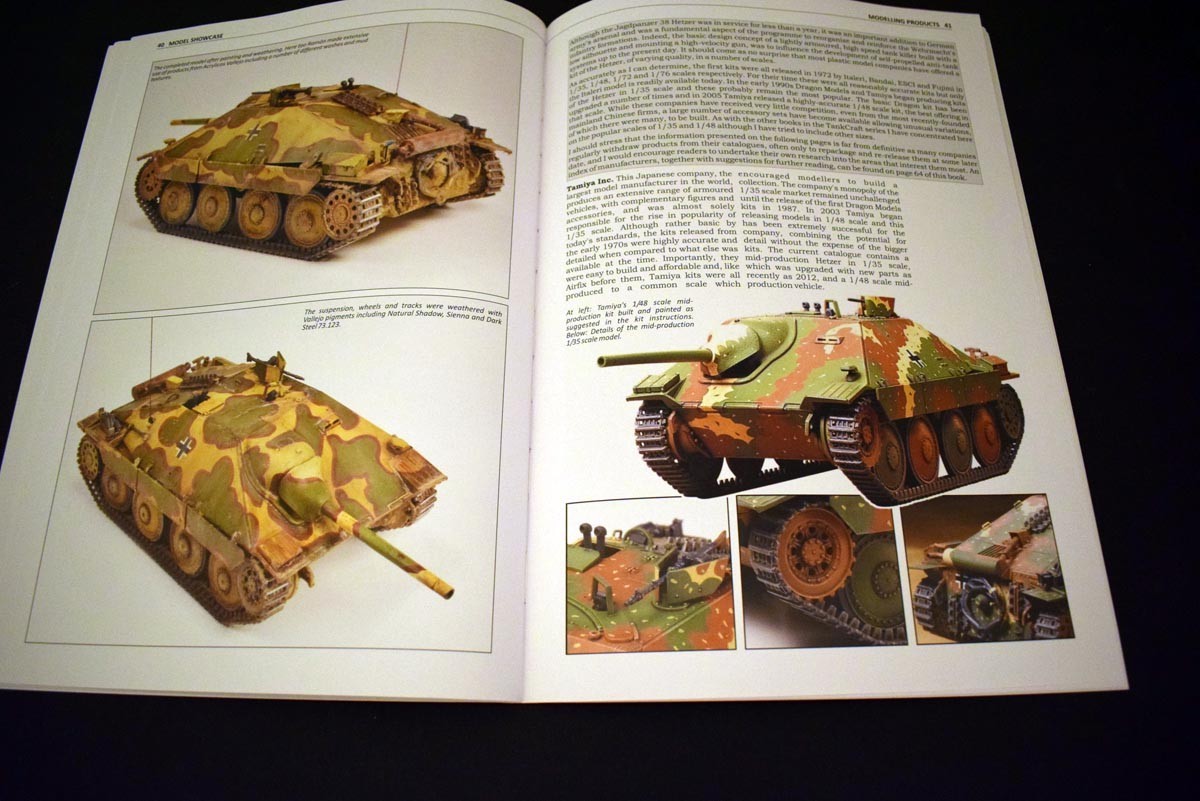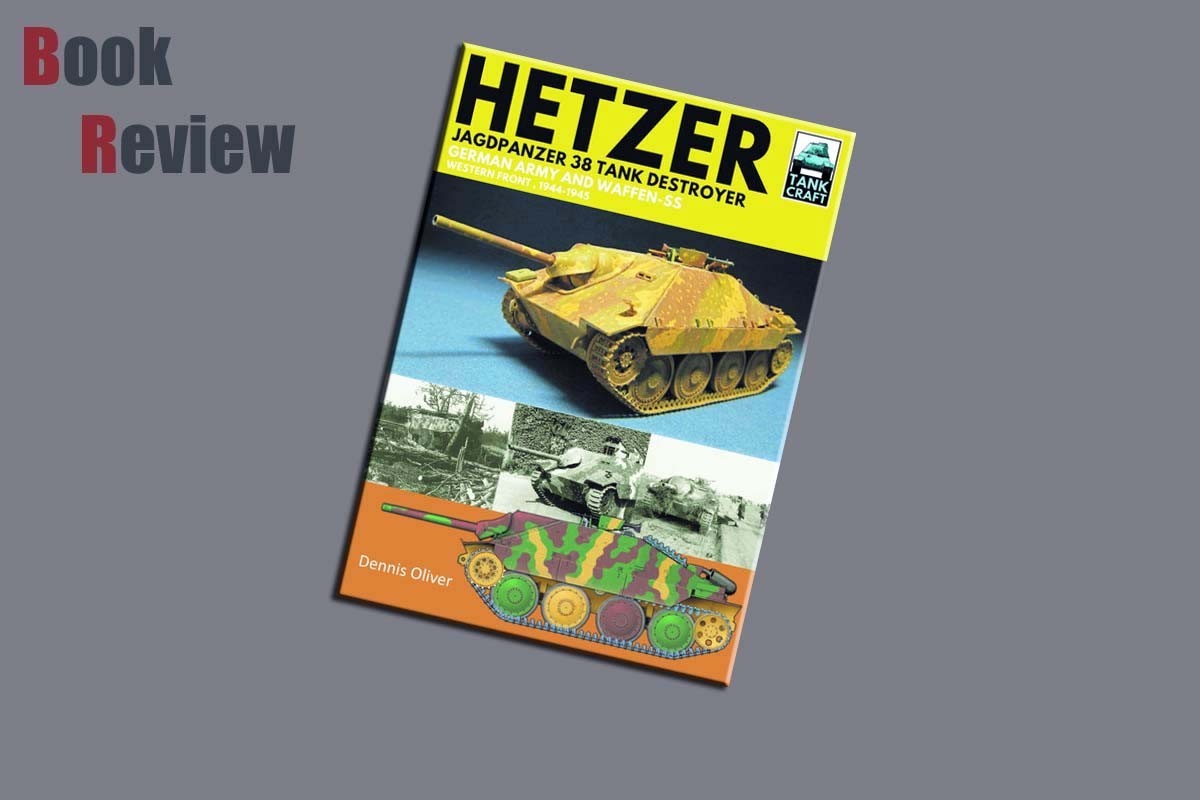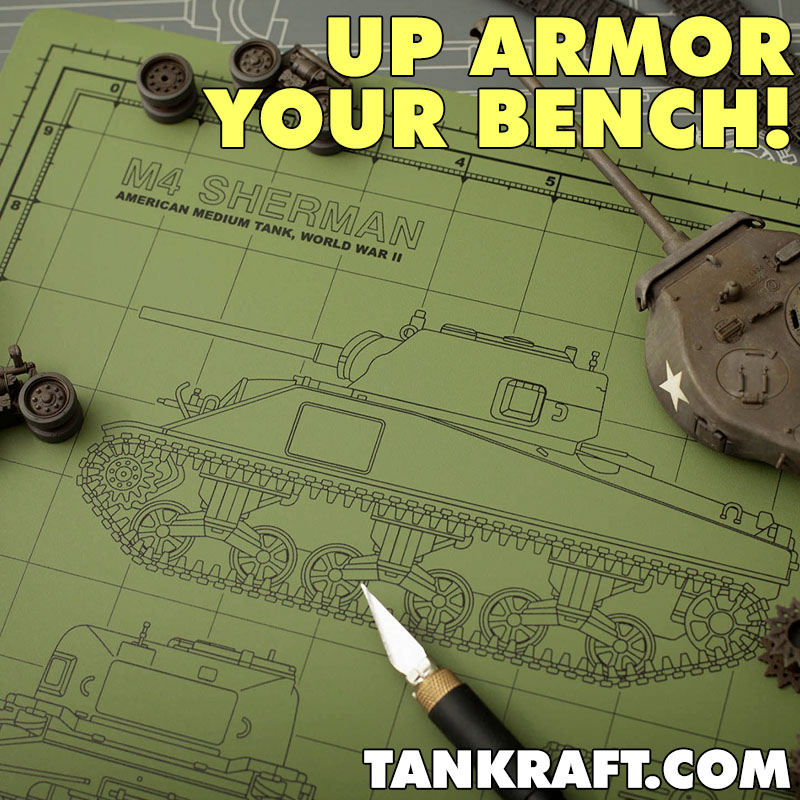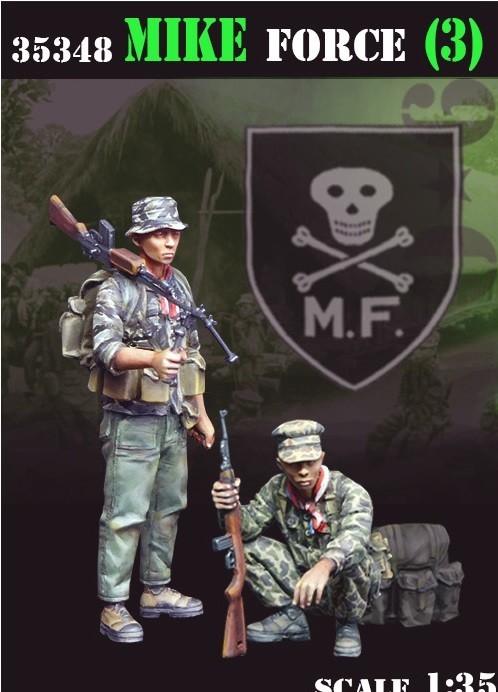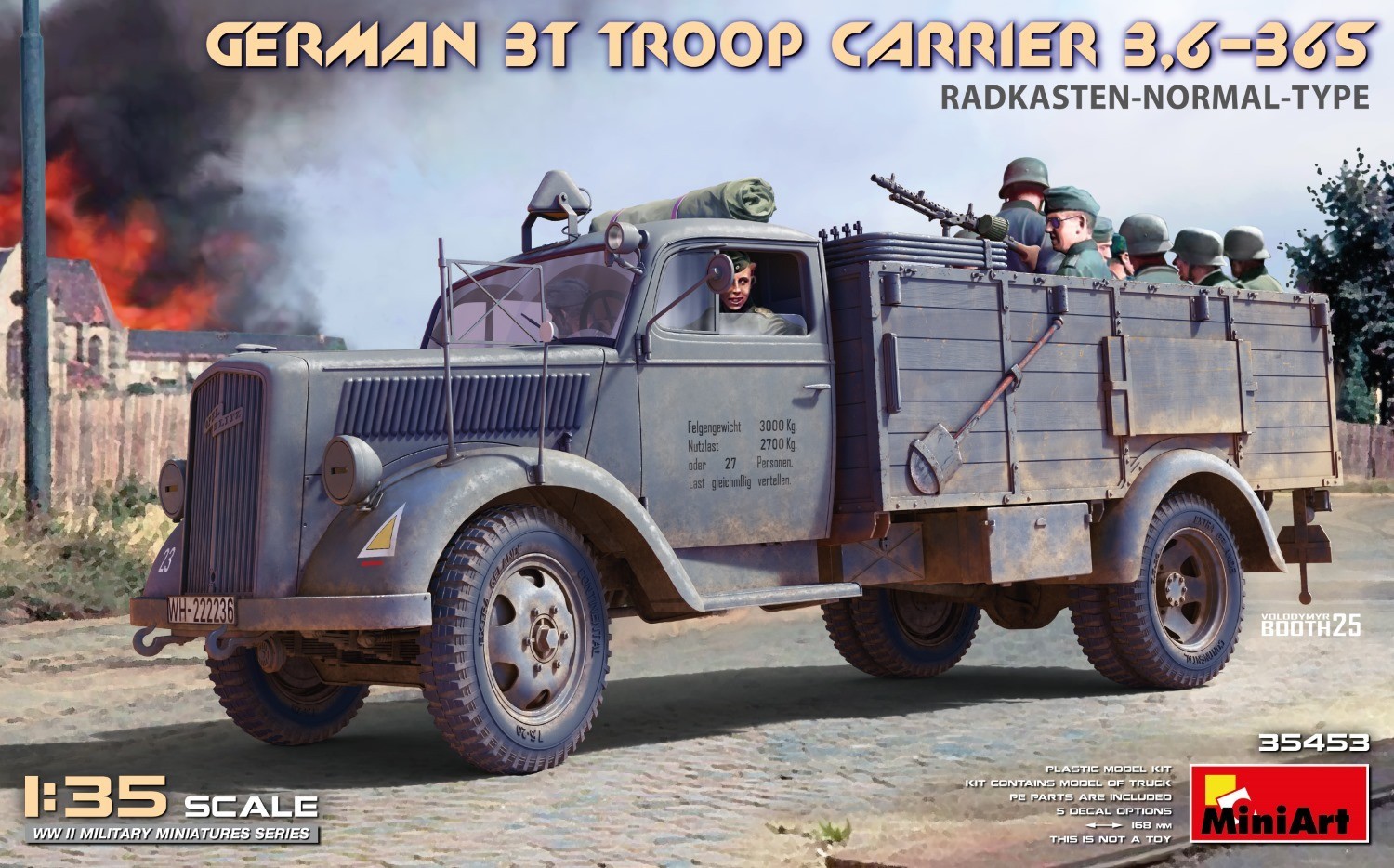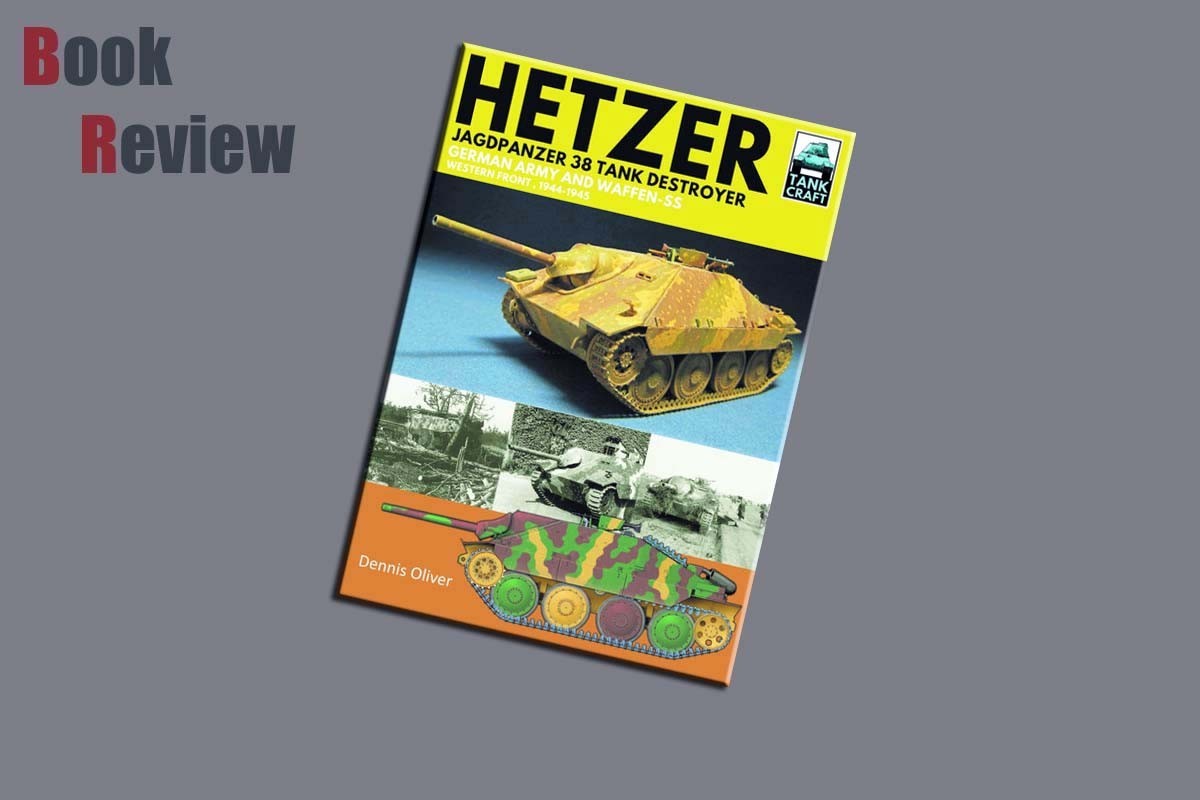
Introduction
The following is taken from the Pen and Sword website:
By 1944 the German army was on the defensive on all fronts and Allied bombing was putting increasing pressure on the nation's industrial output. Since the earliest days of the war the Germans had experimented with mounting anti-tank weapons on obsolete chassis and one of the most successful of these would prove to be the Jagdpanzer 38, more often referred to today as the Hetzer. Small and unimposing the Hetzer's appearance belied its effectiveness. Armed with the powerful 7.5cm L/48 gun, the same weapon fitted to the Jadgpanzer IV, the Hetzer featured armour sloped armour plates of up to 60mm thickness and was capable of a top speed of 42 kilometres per hour. Almost 3,000 examples were assembled and its low cost and ease of production meant that it was Germany's most important tank killer of the late war period. In his latest book in the TankCraft series Dennis Oliver uses archive photos and extensively researched colour illustrations to examine the Hetzer tank destroyers and the units of the German Army and Waffen-SS that operated them during the last months of the Second World war. A key section of his book displays available model kits and aftermarket products, complemented by a gallery of beautifully constructed and painted models in various scales. Technical details as well as modifications introduced during production and in the field are also examined providing everything the modeller needs to recreate an accurate representation of these historic tanks.
Review
This offering from Pen and Sword, is authored by Dennis Oliver. The book itself, is a soft backed offering with a card cover protecting 64 pages. The information is presented in a portrait style on a good quality semi gloss paper. This release is number 29 in the Tank Craft series of books, and provides information that the modeller will find useful. This book can be broken up into three elements. These are:
Information and Photographs on the real vehicles
Artists section - presenting the Hetzer in a good number of guises.
A modelling section - covering both finished models, and some of the items available to the modeller.
The information in the book, is presented at follows:
Introduction
Hetzer Units of the Heer
Camouflage and Markings
Model Showcase
Modelling Products
Waffen SS and other Hetzer Units
Technical Details and Modifications
Product Contact Details.
The text in this offering from Pen and Sword is easily read, being in a good font and size to present its information. Text covers a brief history of the introduction, it then covers a huge number of units, in brief providing information on formation, the users of, and where the units were sent. For the modeller the section covering technical details and modification will be particularly useful as it points out details that will help you quickly identify what period of vehicle they are looking at.
The artwork in the book covers the Hetzer from left and right sides, and provides in some cases period photographs of the vehicle represented that will help the modeller add specific detail should they wish to represent one of these in model form. The modelling section is of limited value to the modeller, beyond showing the work of highly skilled modellers, and perhaps providing ideas on how to finish your model. I was pleased to see some aspects of the build shown in relation to these models. The models presented are:
Jagdpanzer 38 Hetzer, 1/48th scale by Torlap Intararangson
Jagdpanzer 38 Hetzer, 1/35th scale by Eric D Wisdom
Jagdpanzer 38 Hetzer, 1/35th scale by Lim Kiam Guan
Jagdpanzer 38 Hetzer, 1/48th scale by Ramon Segarra
The section covering products available, covers a good number of kits available in various scales. But the after market aspect is very limited.
Conclusion
This offering from Pen and Sword covering the Hetzer, is for the most part a pleasing title. That does a good job of mixing fact with models. The period photographs in black and white, have been well chosen, while a number of the photographs presented shows damaged or destroyed vehicles, it did make this vehicle appeal to me. The modelling section has again been pasted into the middle of a chapter in the middle of the book, which gives me the impression that it is an afterthought, even though I know that is not the case, and I am beginning to feel very strongly that the modelling section should be placed at the end of title or at least at the end of a chapter, rather than just plonked in.
